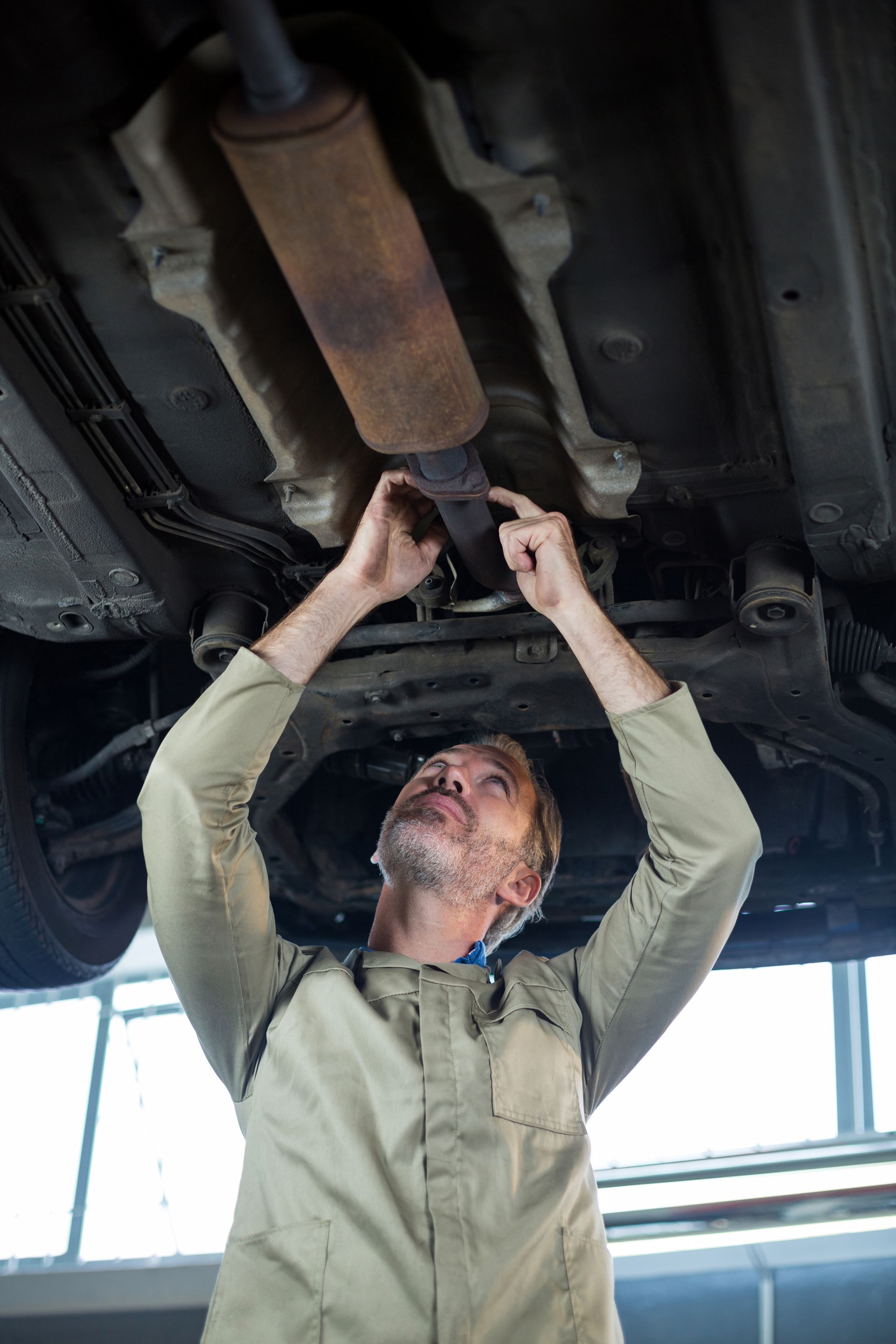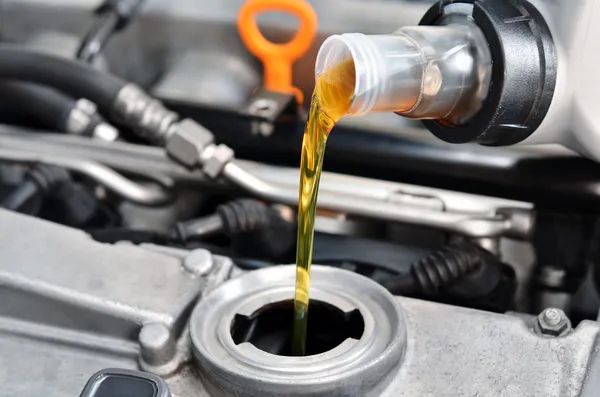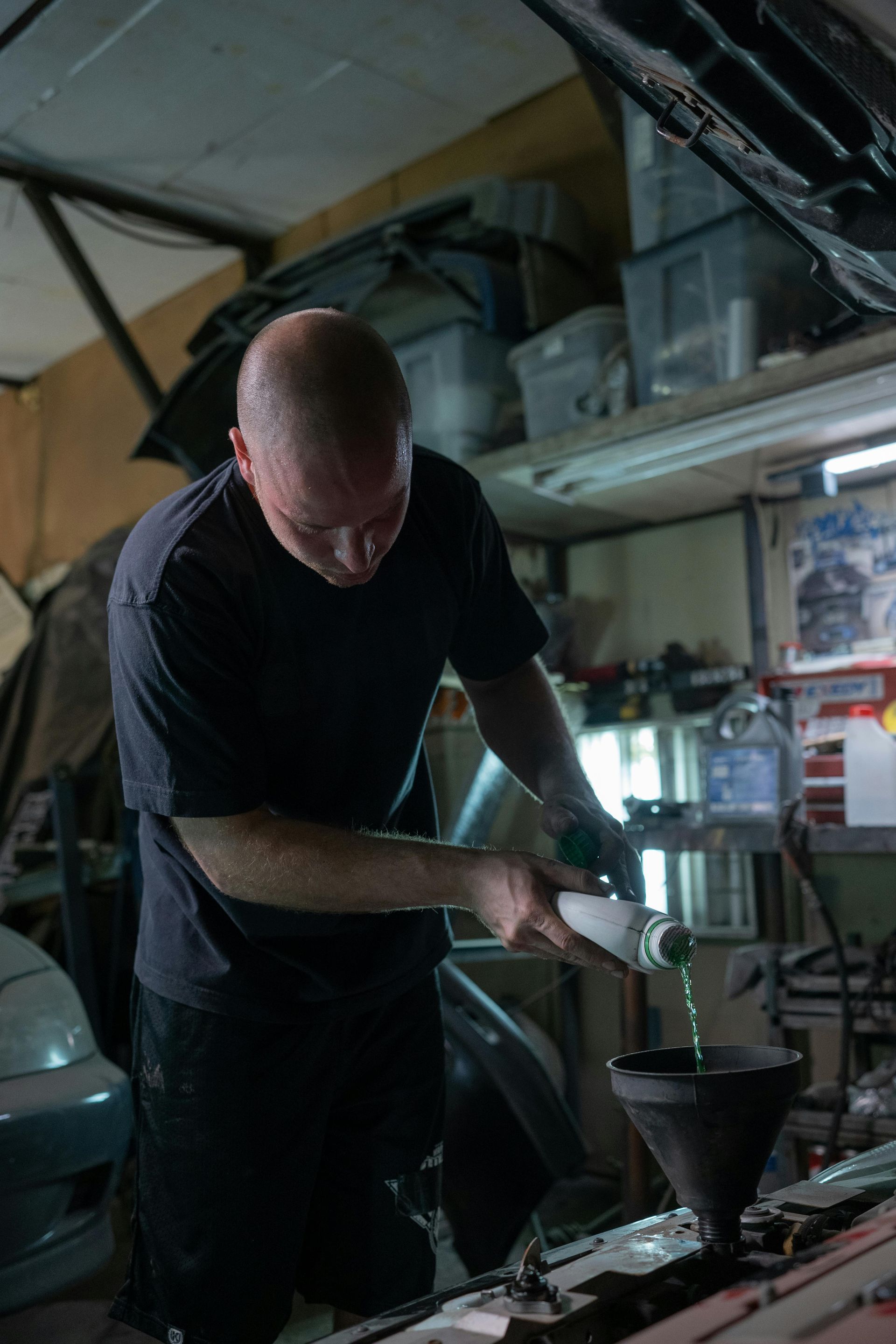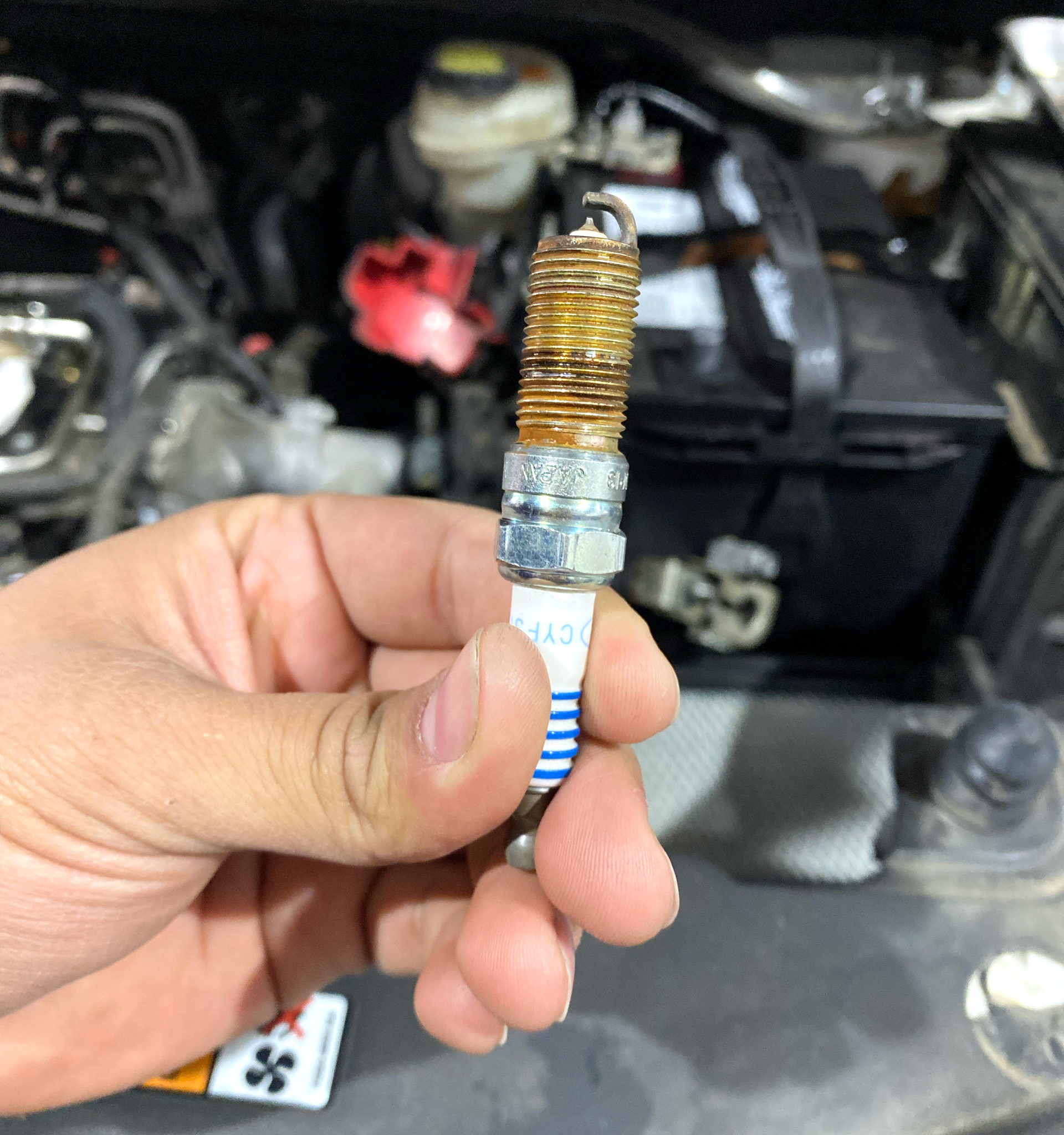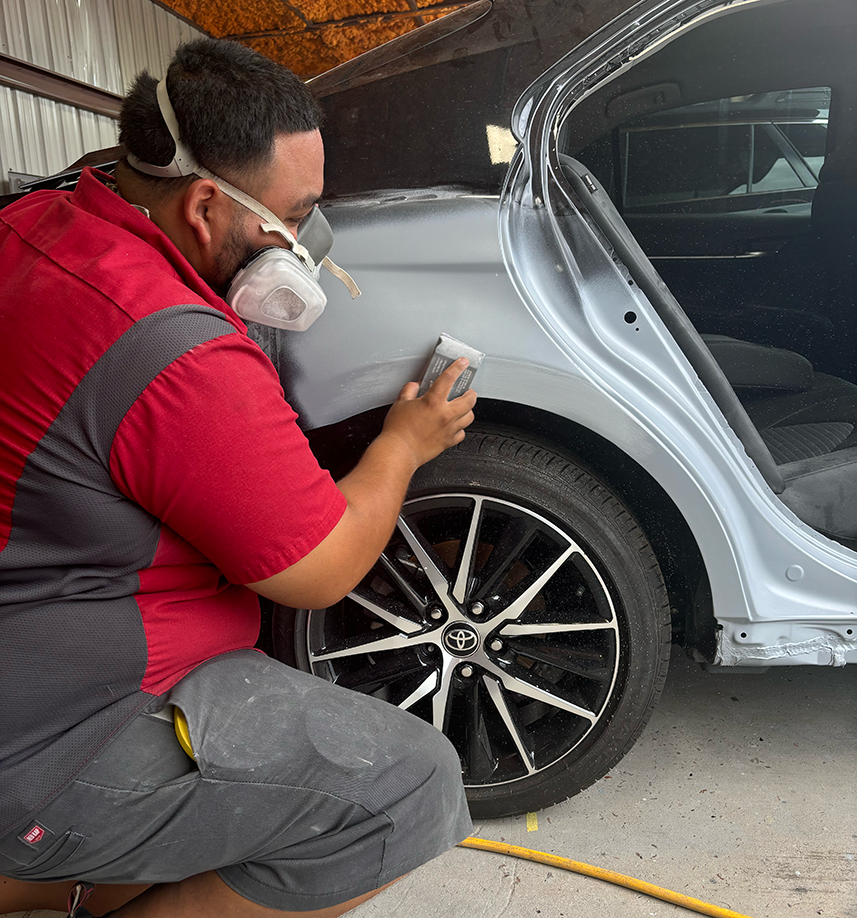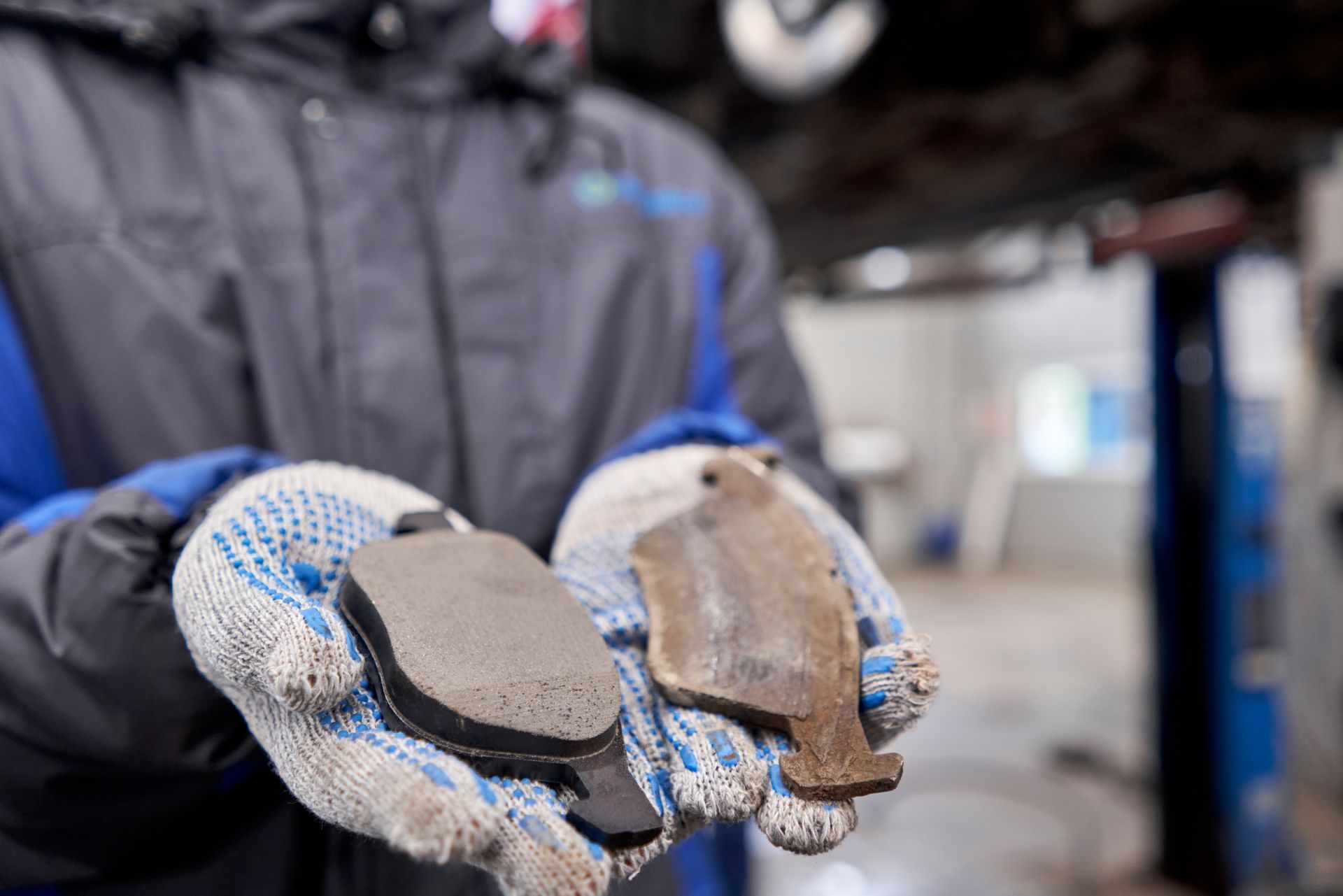Why Your Car Pulls to One Side and How to Fix It
Driving should be a smooth experience, but if your car is pulling to one side, it can be both frustrating and dangerous. Understanding why your car pulls side-to-side and knowing how to fix it can help you maintain control of your vehicle and ensure your safety on the road. In this blog post, we'll explore the common reasons for this issue and provide solutions to keep your car driving straight and true.
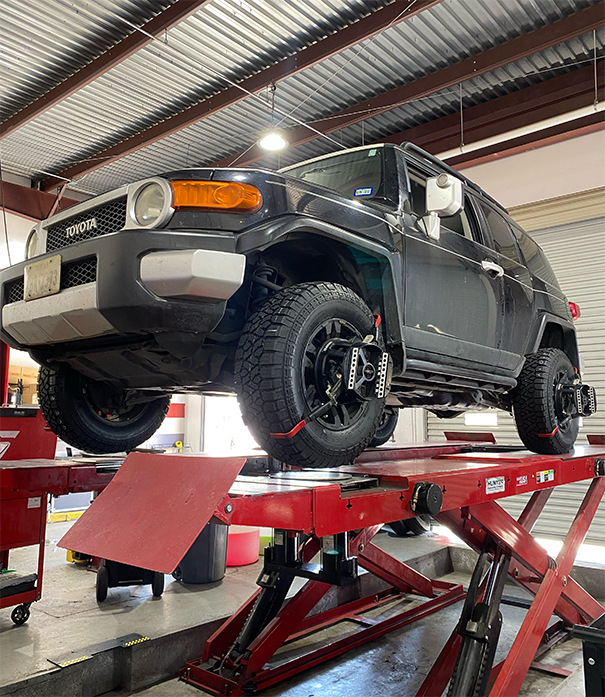
Common Reasons Your Car Pulls Side-to-Side
1. Wheel Alignment Issues: One of the most common reasons for a car pulling to one side is poor wheel alignment. When your wheels are not aligned correctly, it can cause your car to drift to the left or right. This issue often arises from hitting potholes, curbs, or general wear and tear over time.
2. Uneven Tire Pressure: If your tires are not inflated to the recommended pressure, it can cause uneven wear and affect the handling of your vehicle. A tire with lower pressure will have more contact with the road, causing the car to pull towards that side.
3. Tire Wear: Uneven or excessive tire wear can also cause your car to pull to one side. Tires that are worn out differently on each side can create an imbalance, leading to steering issues.
4. Brake Problems: Issues with your braking system, such as a stuck caliper or uneven brake pads, can cause your car to pull when you apply the brakes. This is because one side of the brakes is applying more force than the other.
5. Suspension Issues: Problems with your suspension system, including worn-out components like ball joints, tie rods, or struts, can affect the alignment and handling of your vehicle, causing it to pull to one side.
6. Wheel Bearing Issues: Worn or damaged wheel bearings can cause your car to pull. The extra friction in the affected bearing can drag the car to one side.
How To Fix a Car That Pulls Side-to-Side
1. Check and Adjust Tire Pressure: Start by checking the tire pressure on all four tires. Make sure they are inflated to the manufacturer's recommended levels, which can be found in your owner's manual or on a sticker inside the driver's side door. Properly inflated tires can solve pulling issues caused by uneven pressure.
2. Inspect Tire Wear: Examine your tires for signs of uneven wear. If you notice significant differences in tread depth, it might be time to rotate or replace your tires. Ensuring your tires wear evenly can help maintain proper alignment and handling.
3. Get a Wheel Alignment: If you suspect alignment issues, it's essential to have your car's alignment checked by a professional. During a wheel alignment, a technician will adjust the angles of your wheels to the manufacturer's specifications, ensuring your car drives straight and true.
4. Check the Brakes: If your car pulls when braking, have your brake system inspected. A mechanic can check for stuck calipers, uneven brake pads, and other potential issues. Addressing brake problems promptly can prevent further damage and ensure your safety.
5. Inspect the Suspension System: Have a professional inspect your suspension system for worn or damaged components. Replacing worn-out parts like ball joints, tie rods, or struts can improve your car's handling and prevent pulling issues.
6. Check Wheel Bearings: If you suspect wheel bearing problems, have them inspected by a professional. Replacing worn or damaged wheel bearings can resolve pulling issues and prevent further damage to your vehicle.
Maintenance Tips to Prevent Pulling Issues
1. Regular Inspections: Schedule regular inspections for your vehicle's alignment, tire pressure, and suspension system. Early detection of potential issues can prevent them from becoming major problems.
2. Rotate Tires: Regularly rotate your tires to ensure even wear. This can help maintain proper alignment and extend the life of your tires.
3. Maintain Proper Tire Pressure: Check your tire pressure at least once a month and before long trips. Maintaining the correct tire pressure can prevent uneven wear and improve your vehicle's handling.
4. Avoid Potholes and Curbs: Drive carefully to avoid hitting potholes and curbs, which can cause alignment issues and damage to your tires and suspension system.
Understanding why your car pulls side-to-side and knowing how to fix it can help you maintain control of your vehicle and ensure a safe driving experience. Regular maintenance and prompt attention to any pulling issues can prevent further damage and keep your car running smoothly. At Elite Auto Experts, we are committed to helping you keep your vehicle in top condition. If you experience pulling issues or have any other concerns about your car, don't hesitate to contact us. Our experienced technicians are here to provide expert service and ensure your safety on the road.
